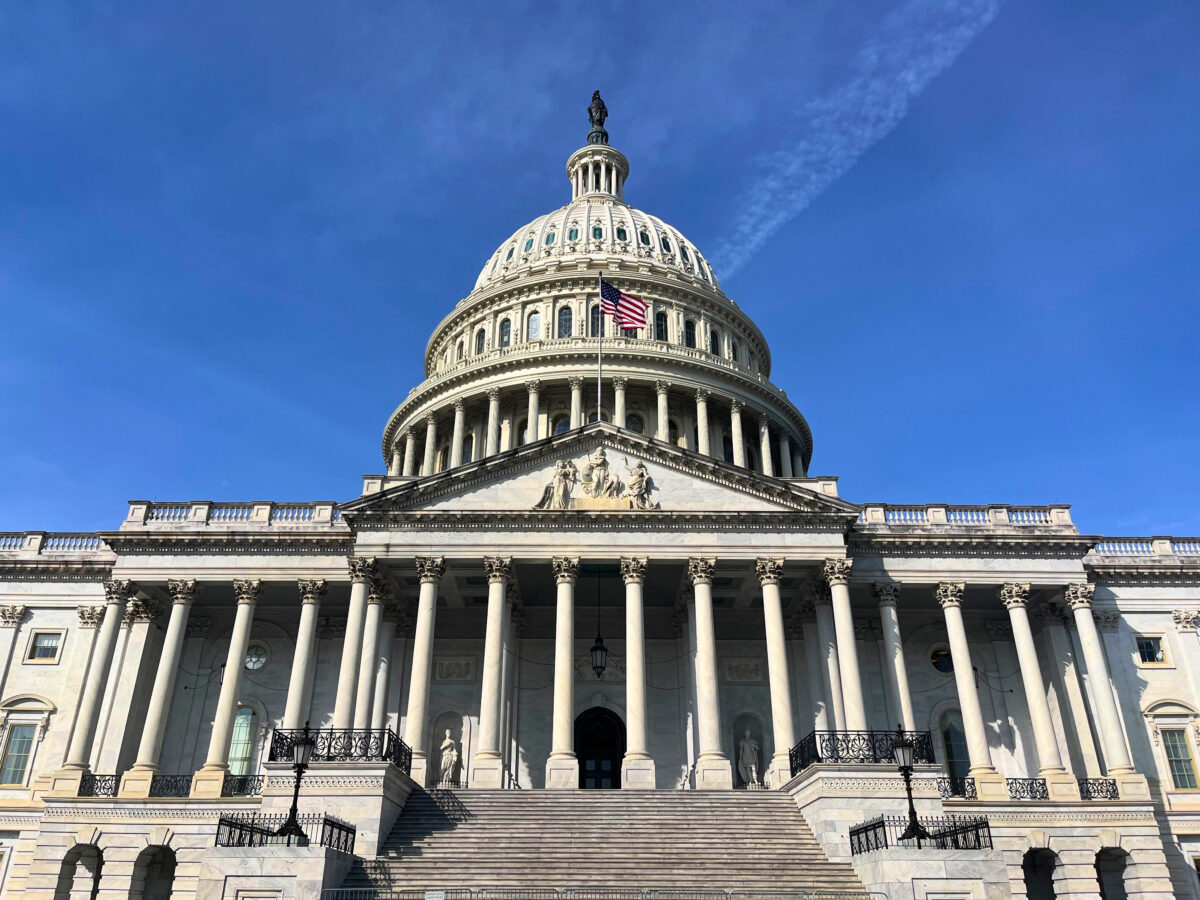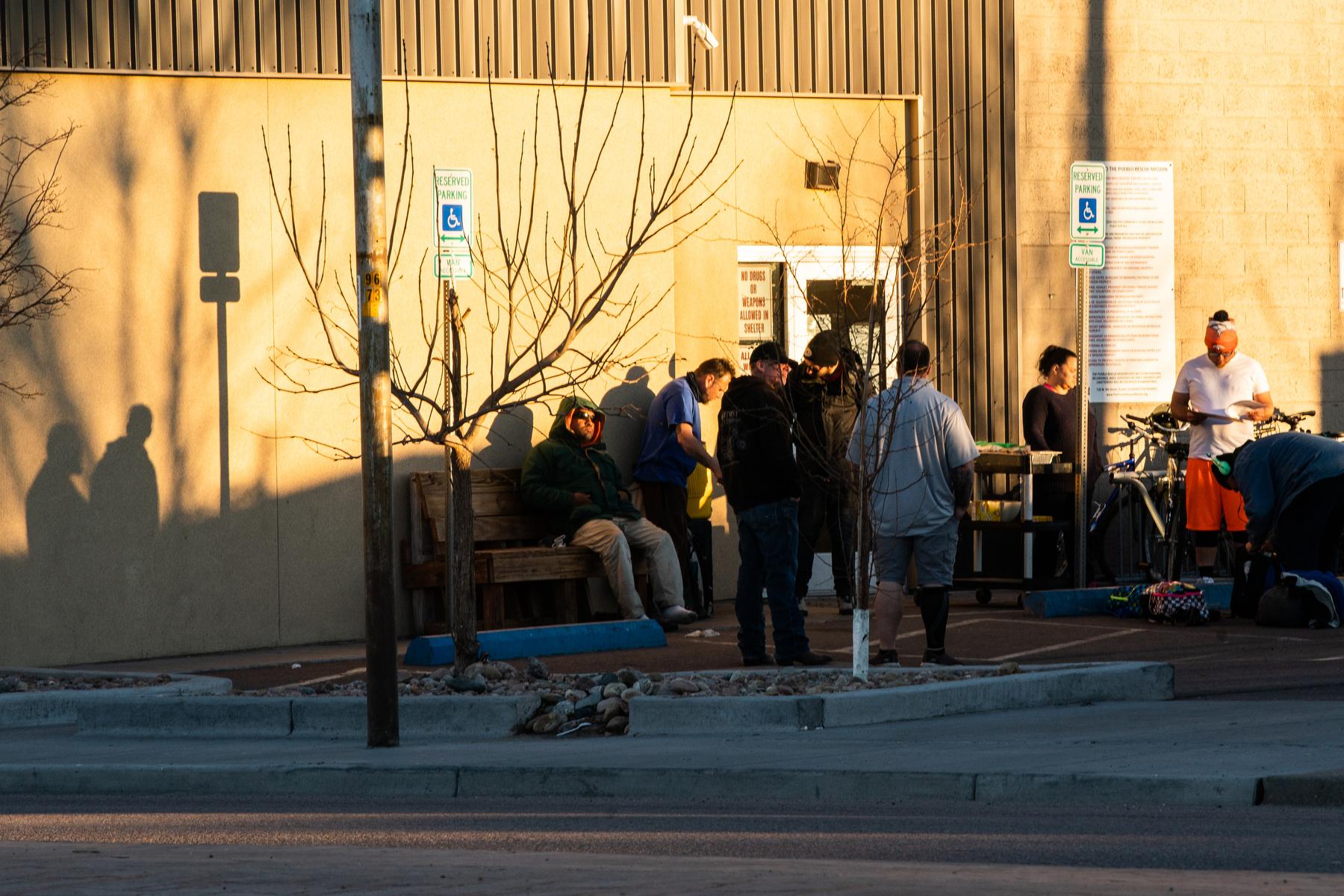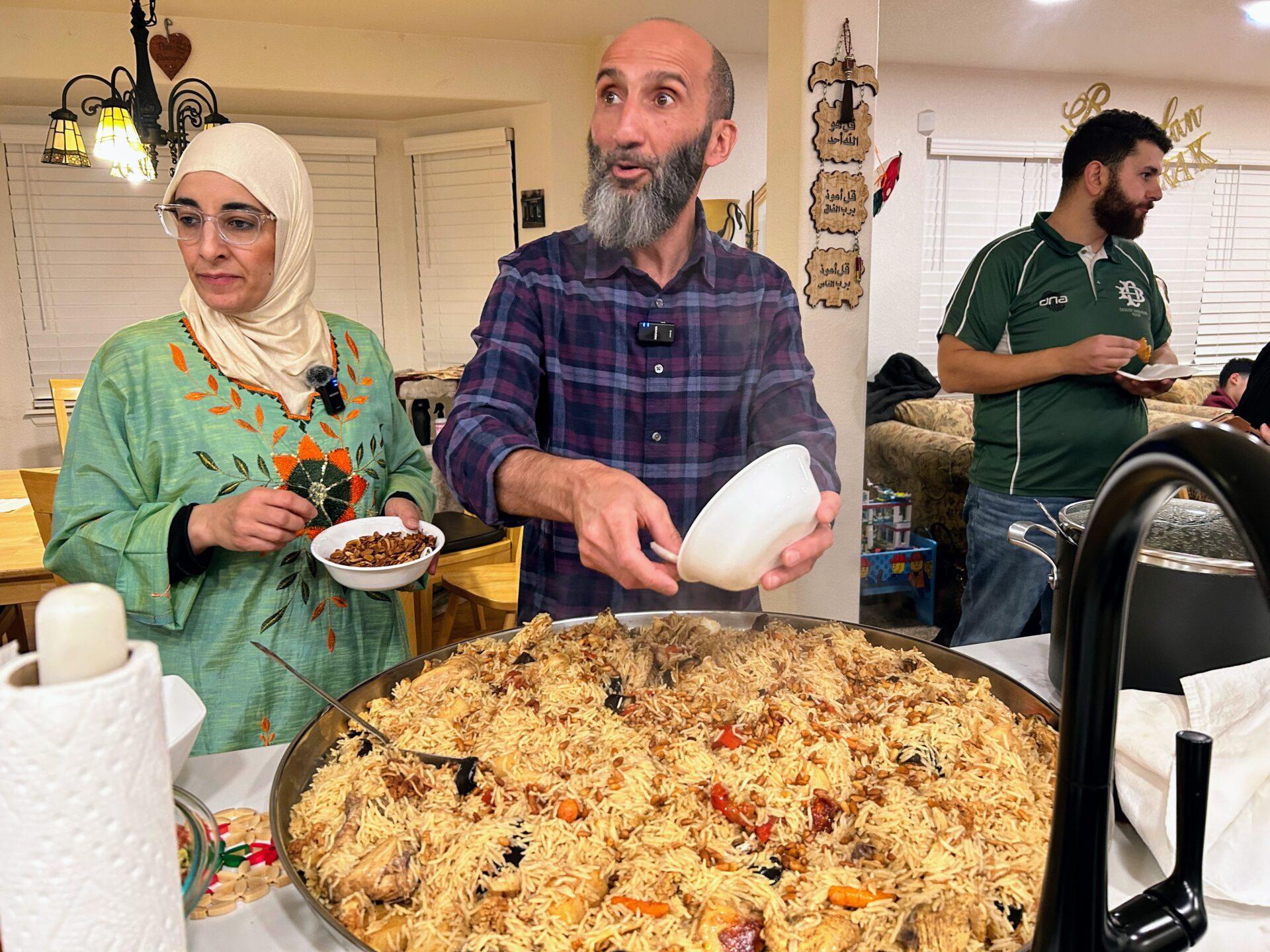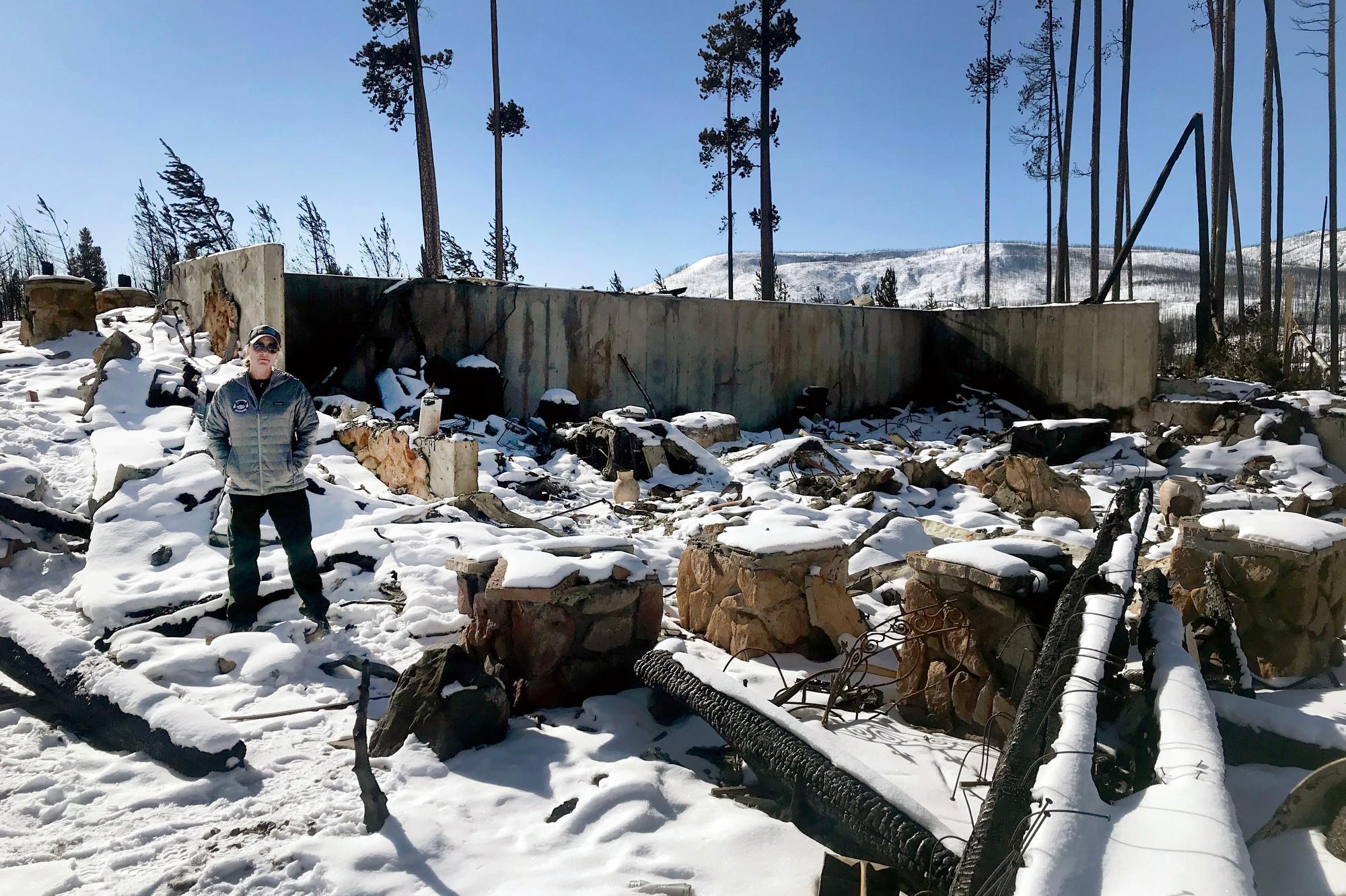
As Schelly Olson walked around the charred rubble of what was her Grand Lake home, she pointed to a pile of things that survived the second-largest wildfire in state history.
“You can see my mother-in-law and my sister-in-law piled all of my silver from my grandmother,” Olson said. “We just kind of did some digging, and all the silver was right around here. This is the dining room area.”
Olson is the assistant chief for Grand Fire Protection District 1. For the last decade, she’s focused on helping communities protect themselves from flames. She formed the Grand County Wildfire Council to educate residents on how to best prepare for the next wildfire.
“I didn't think it would happen to me, no,” Olson said. “You know, like EMTs are really bad patients. Like nurses and doctors, we’re really bad patients. It's like, we’re so good at speaking about it and telling everyone else. And then do we always take our own advice.”
Olson does believe the work she did around her home to try and prevent it from burning down would have worked if the East Troublesome Fire had behaved more like a typical wildfire. It exploded in a single night, leaving residents with minutes to evacuate.
“We accepted the risk to live in the woods, and so we have to do everything we can to be adaptive to living in the woods,” Olson said. “But when a firestorm like this comes through, it's like, what could we have done? But you have to keep spreading the word, wildfires not going away.”
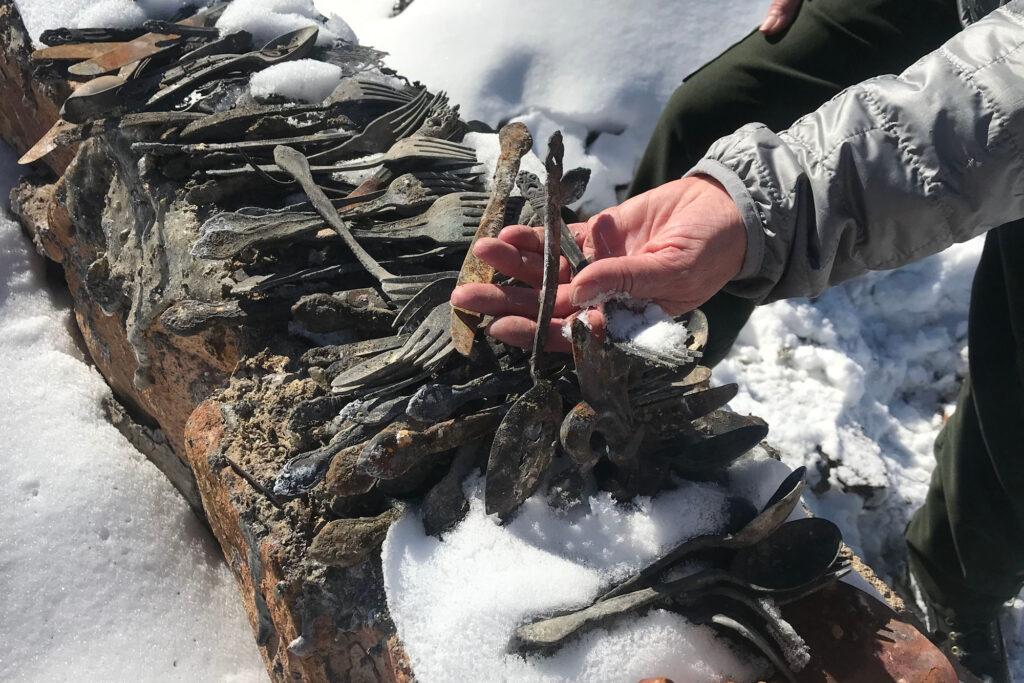
‘They’re not the government, they’re your neighbor’
Climate change likely means more and bigger fires. And as more people live in risky areas, wildfire mitigation becomes more critical. For the most part, it’s up to residents to do the work to protect their homes.
Individuals can do a lot, but if a neighbor hasn’t cleared dead material, kept the lawn green, and trimmed and cut down some trees, it can leave both homes at risk. But working together can be challenging.
“There are some people who are going to do it and some people who aren't,” said Hannah Brenkert-Smith, an associate research professor at the University of Colorado Boulder. “But there's a lot that can shift in a community, and what we want to do is understand how and why. And can that knowledge be leveraged.”
Brenkert-Smith works with a team of social scientists and wildfire practitioners, like Schelly Olson, to help their community wildfire mitigation efforts. And she said they are worth it.
“We’re spending so much money on suppression, and firefighters are putting their lives at risk when we could be investing instead at the front end of the problem,” Brenkert-Smith said. “And at that front end, actions by human beings are the key to reducing risk.”
The WiRe team does research in different states, and Brenkert-Smith said that in every place they’ve worked, when people report that they’ve talked with their neighbor about wildfire risk they have reported doing more risk mitigation.
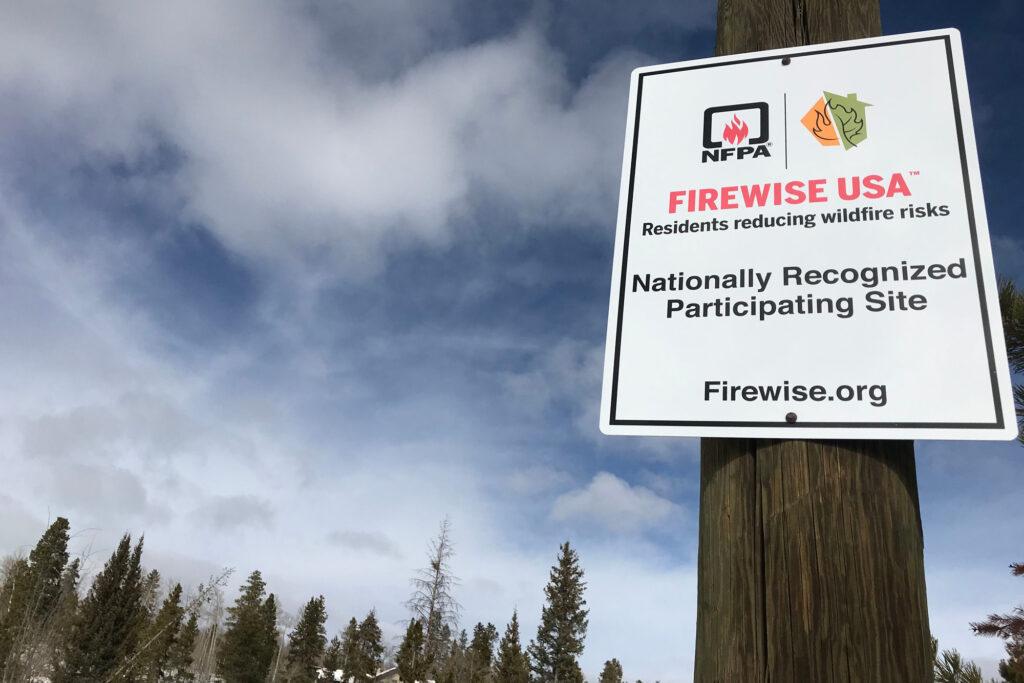
That’s why Firewise USA, the leading wildfire preparedness program, requires a local resident to take the lead on getting their neighborhood prepared.
“They go and connect with those neighbors and help them identify the risks because they're a known figure,” said Megan Fitzgerald-McGowan, a program specialist with Firewise. “They’re not scary, they're not the government. They're your neighbor.”
The Firewise program is under the National Fire Protection Association, which has done years of research on what helps to keep a home from burning down. They’ve found that it’s not usually a wall of flames that destroys a building. Instead, embers will land on a nearby tree, or a pile of dead leaves or whatever is stuck in the gutters. When that catches fire the home can be next, which can spread to the next home.
“It's kind of like that idea of herd immunity, your property can impact my property and maybe that person across the street,” Fitzgerald-McGowan said. “And if we all work together to reduce that shared risk, we improve our overall situation.”
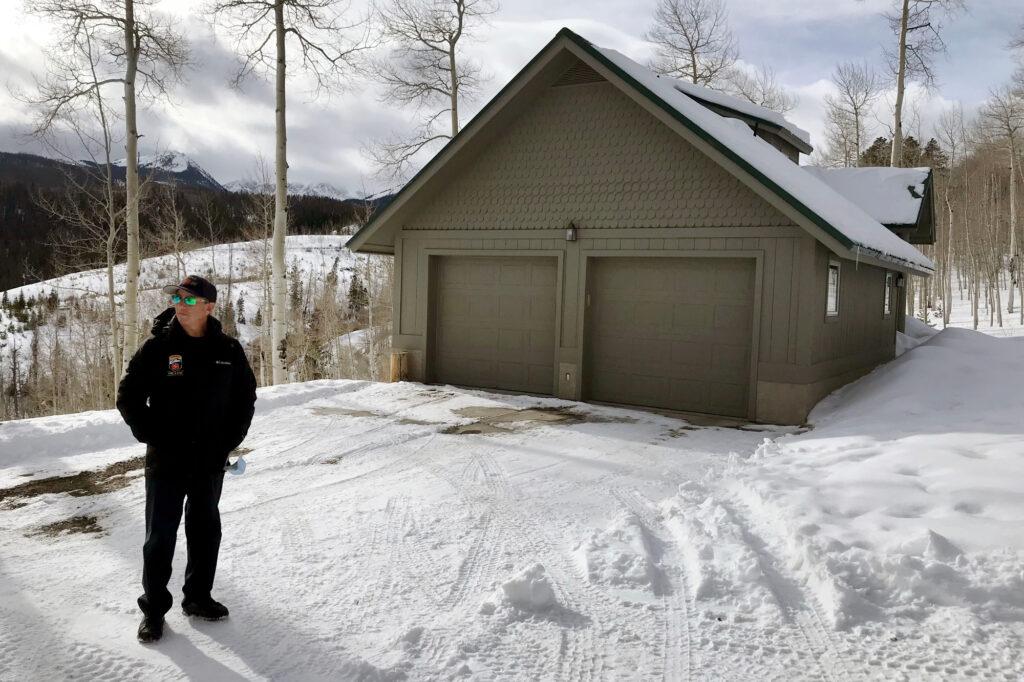
Seeing through the trees
In a private Silverthorne subdivision, Lisa Kendall and Doug Spainhower are caretakers for portions of Pebble Creek Ranch. They live here, and the homeowner’s association hires them to do work around the property.
The ranch looked very different 20 years ago, Spainhower said.
“There was dense forest, the whole ranch was,” he said. “All the people that lived here, that's what they were used to. They didn't take into consideration the fact that it was basically a tinderbox.”
Spainhower and Kendall were concerned for their community, so they started talking to the neighbors about doing Firewise work. At first, it didn’t look promising.
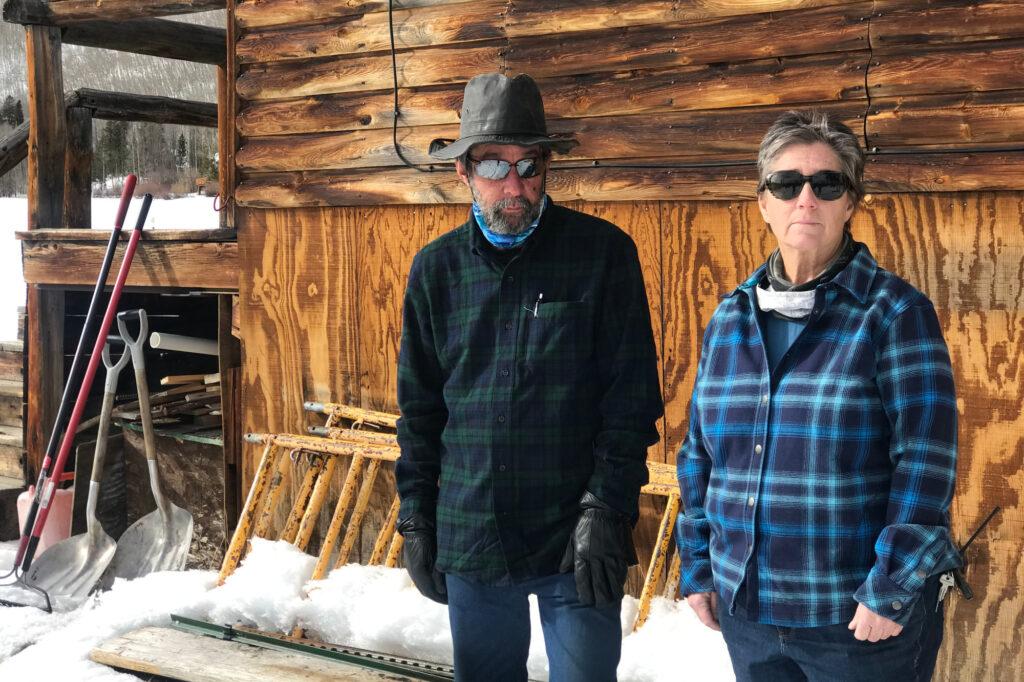
“Just that initial angst over, ‘Oh you want to cut live trees? Why?’ Kendall said. “It took a little while for people to digest that having a live tree right near your home, that equates to more risk to your house burning down.”
Once the two started helping the homeowners do the work, the community realized the benefits.
“It's easier to walk through, it's easier to ride the horses through and there's a lot more wildlife,” Kendall said. “It’s not such a bad thing to not have so many trees around us anymore.”
And the growing threat of wildfire has motivated the community to keep up the work. Steve Lipsher, a community resource officer with Summit Fire, said the work Kendall and Spainhower’s community has done is “truly meaningful.”
“This is the best way to protect their investment,” Lipsher said. “And quite frankly even their lives. We’re up a long, twisty road that if a fire starts below here could trap people living up here and that’s always a fear as well.”
Defensible space isn’t just about protecting homeowners, he noted, it’s also about protecting firefighters. Lipsher said, firefighters usually lose their lives when they’re trying to save property.
“[Defensible space] increases the likelihood of a home surviving a wildfire, even without any intervention or with the type of intervention that we can set up and go. We can put sprinkles around the perimeter of the property and get out of there and get to safety,” he said. “It also creates these breaks in vegetation in the fuel load that threatens our firefighters and could trap our firefighters.”
Over the years they’ve promoted fire mitigation efforts in Summit County, they've seen a “patchwork quilt of work being done,” neighborhood by neighborhood.
“It’s gotten to a point where we’ve reached a critical mass to where you can actually see more on a landscape scale, true improvements,” Lipsher said.

